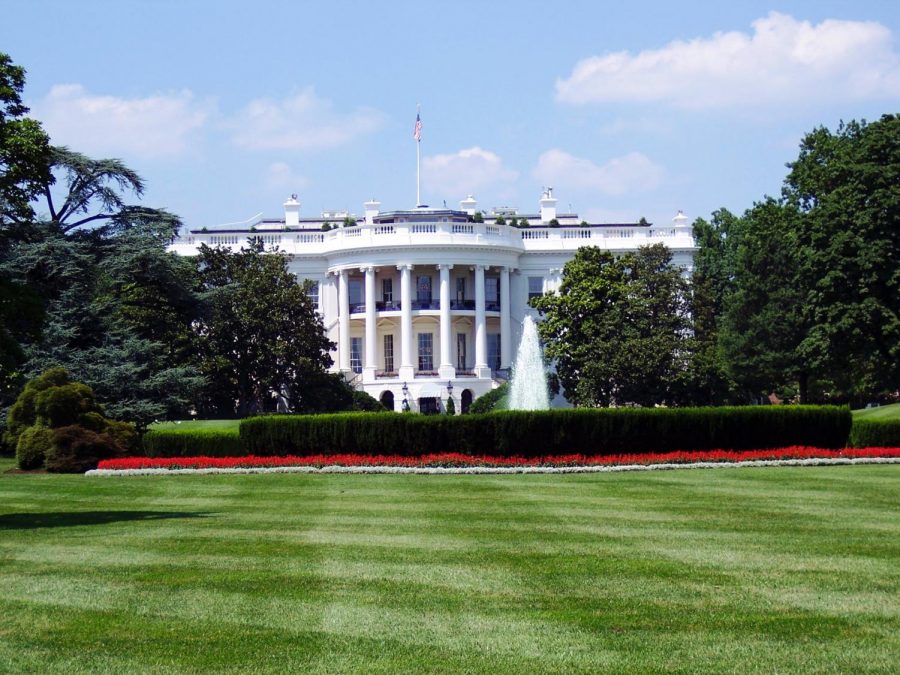America Undergoes Its Longest Shutdown Ever
The standoff on immigration policy on December 22 that had kept federal funding bills in gridlock finally culminated in a partial government shutdown. The fight centered on President Donald Trump’s demands for a border wall between the United States and Mexico, and his steadfast refusal of any appropriations bill that did not provide the full $5 billion dollars in funding for the project.
This would set the stage for a long and brutal showdown that dragged on for 35 days—by far the longest shutdown in American history, surpassing the 21-day shutdown that took place in 1995-96 over disputes on government spending. The January transition of power in the House of Representatives saw Democrats gain control, and they made their opposition to Trump’s proposal known, bringing the political fault lines over undocumented immigration—which have been amplified since the beginning of the Trump candidacy in 2015—back in focus.
While some in opposition to the White House’s plans attacked the cost, others the practicality of a physical barrier, and others the morality of the current administration’s actions towards immigrants (with plenty opting for all of the above), the fate of federal employees quickly became the most prominent issue. Though some parts of the federal government functioned as normal throughout the month, like the military (hence the term “partial government shutdown”), 800,000 federal workers found themselves furloughed and working without pay, and many federal agencies found themselves struggling to operate.
Many of these workers were soon forced to rely on food banks and miss crucial rent payments, leading both parties to try to shift public blame for the shutdown on the other, reaching a climax in a pair of competing televised speeches made by President Trump and by Democratic congressional leaders Chuck Schumer and Nancy Pelosi. Senior Sam Cohen comments, “I think it’s unfortunate that partisanship has led the discussion on border security to turn into a hot potato of blame for the shutdown.”
Chaos unfolded at LaGuardia Airport on January 25 as enough TSA and air traffic workers (among those not being paid as a result of the shutdown) strategically called in sick to bring one of America’s busiest airports to a screeching halt. The threat of continued protest was enough to compel Trump to soften his hardline stance and reopen the federal government without any of the $5 billion he initially demanded. Senior Kerin Bartels says, “I don’t really think it was fair for Trump to pressure the Democrats using all those federal paychecks, so I’m glad he eventually agreed to end the shutdown and continue the border security conversation independently.”
The reopening, crucially, was only designed to be a stopgap measure, providing three weeks of normal federal operation before the shutdown returns on February 15; to prevent another stalemate, Trump declared a national emergency, citing the border wall and our need for protection as the catalyst; Trump has already been sued for unconstitutional actions by several entities, including a coalition of 16 U.S. states, headlined by New York and California. Days before this deadline arrives, congressional Republicans and Democrats reached an agreement to provide about $1.38 billion dollars in funding for border security (about 25% of Trump’s original asking price), hoping to reach a compromise that would prevent the disastrous effects of another long term shutdown. Cohen adds, “I think the $1.38 billion appropriation was a fair compromise on the wall controversy. While there is definitely a need for tighter security, the wall just too expensive when there are other effective measures.” With government shutdowns becoming annual fixtures of the Trump administration, the issue appears to be losing the “avoid-at-all-costs” urgency it once had; instead, despite the negative ramifications involved, it may be asserting itself as part of the new political norm.







































